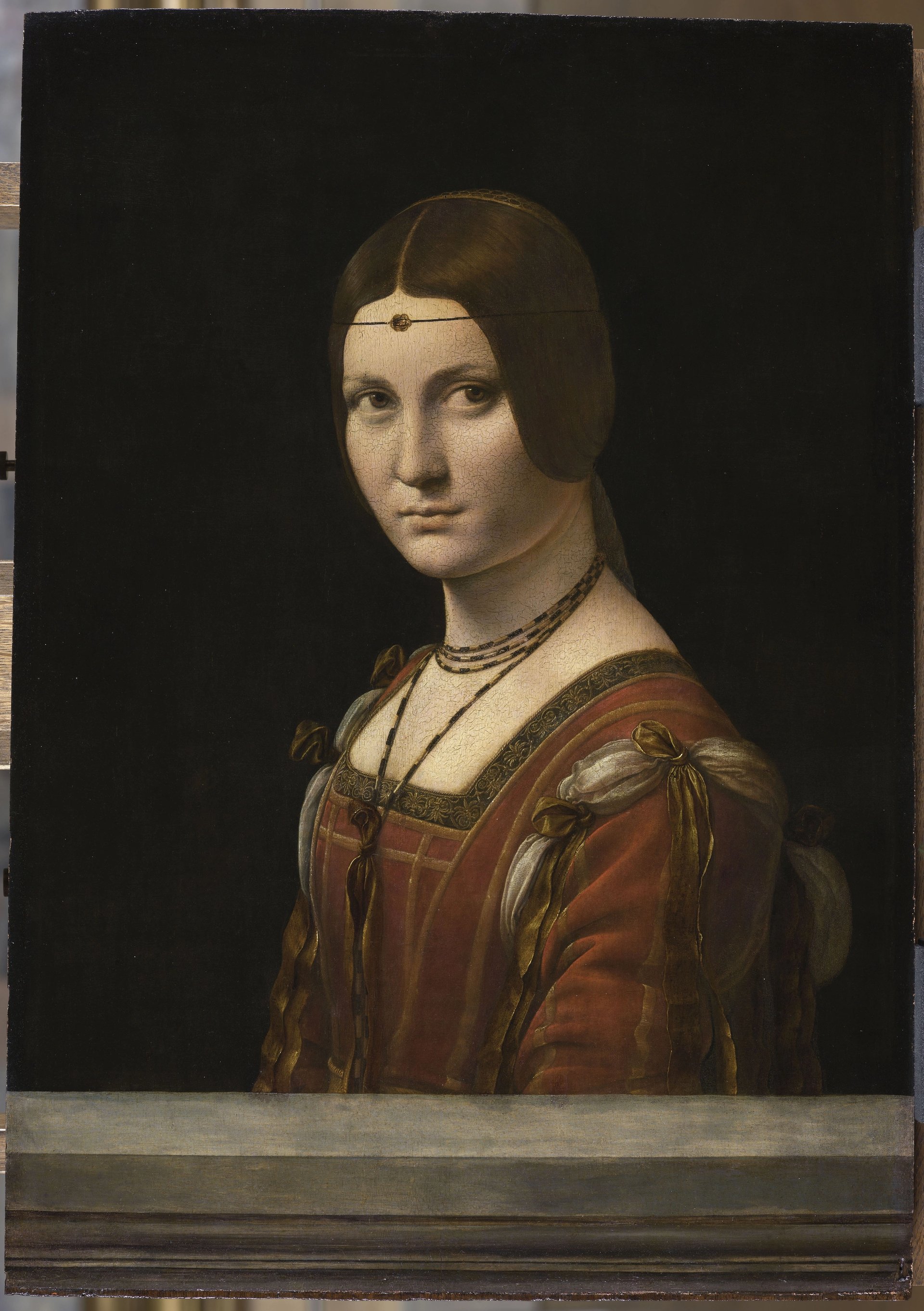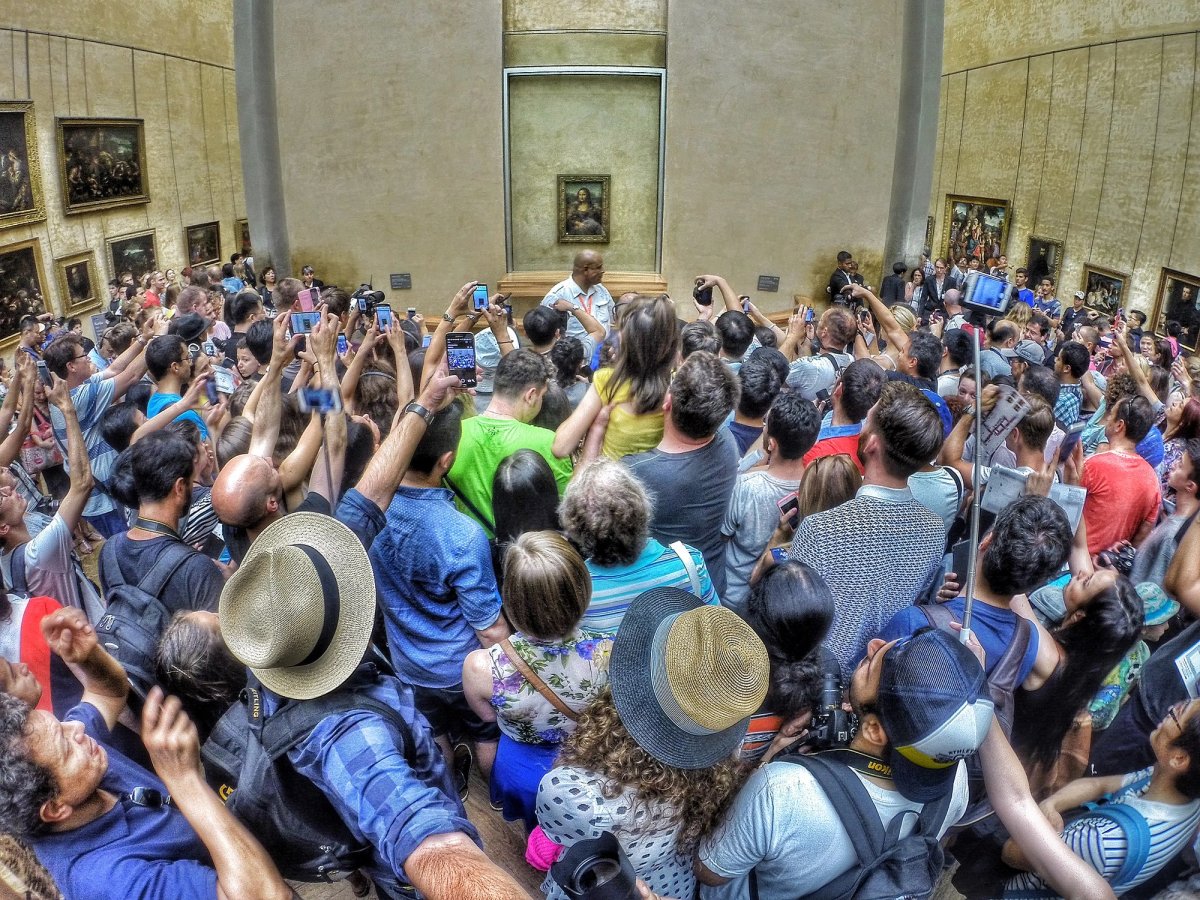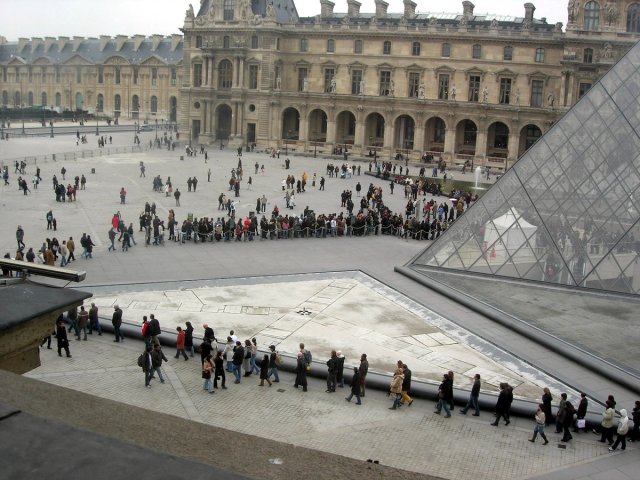The Musée du Louvre will make it mandatory for visitors to book timed tickets in advance for its autumn Leonardo da Vinci exhibition, in a bid to control the crowds.
“This will enable us to manage the flow of visitors and prevent them from queuing,” says Jean-Luc Martinez, the Louvre’s president-director. “It's about changing our visitors’ habits.” Reservations will be “mainly online” and obligatory for all visitors, including the 40% who enter the museum for free: under-18s, European Economic Area residents under 26 years old, job seekers, the disabled and journalists.
The decision came after the Louvre’s visitor numbers surpassed “the symbolic threshold” of 10 million last year. According to Martinez, “no [other] museum in the world has achieved this figure”, which equates to 25,000 to 50,000 a day. There are reasons to believe that the audience could grow further, he says, including the Paris Olympics in 2024 and “the fact that some nationalities, like the Indians, are certainly going to come to France in bigger numbers”. These forecasts convinced the museum to consider ways to improve “the quality of welcome for our visitors”.

Leonardo da Vinci's Portrait de femme, dit la Belle Ferronnière (1490-96) © RMN-Grand Palais (Musée du Louvre) / Michel Urtado
The Louvre tested the mandatory booking policy during its blockbuster exhibitions of Vermeer in 2017 and Delacroix in 2018, both via the website and at the museum ticket desks. In January, it also introduced obligatory reservations to visit the permanent collection in the Richelieu wing for free on the first Saturday evening of each month.
One-third of visitors already buy timed tickets, sold at 30-minute intervals, online. “This allows people to avoid the peak period of 11am-3pm and I am sure [online booking] is the solution for the future,” Martinez says.
The Louvre’s policy seems to be unique. Although online booking is becoming more popular, museums in the UK and the US have not yet made advance ticketing mandatory. Asked by The Art Newspaper, spokespeople for the National Gallery in London and the Metropolitan Museum of Art in New York say their institutions have no plans to follow the Louvre’s lead.




